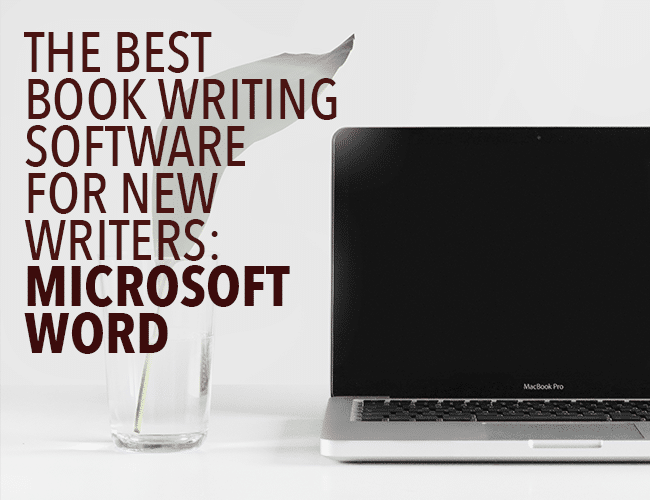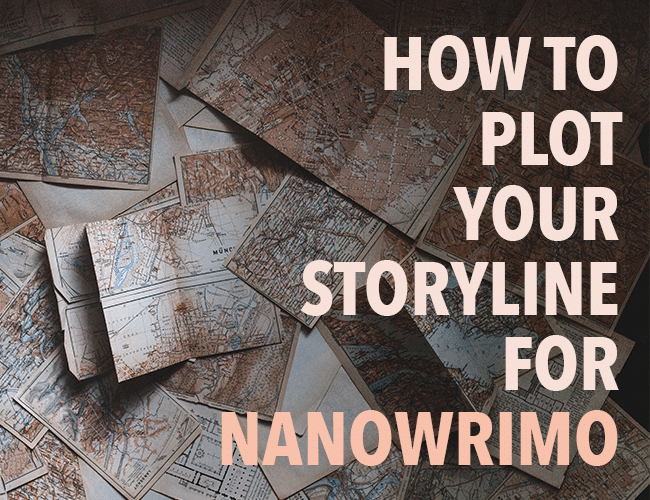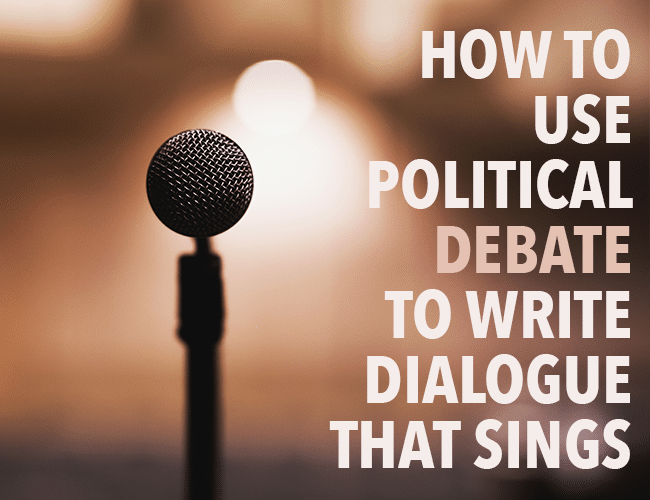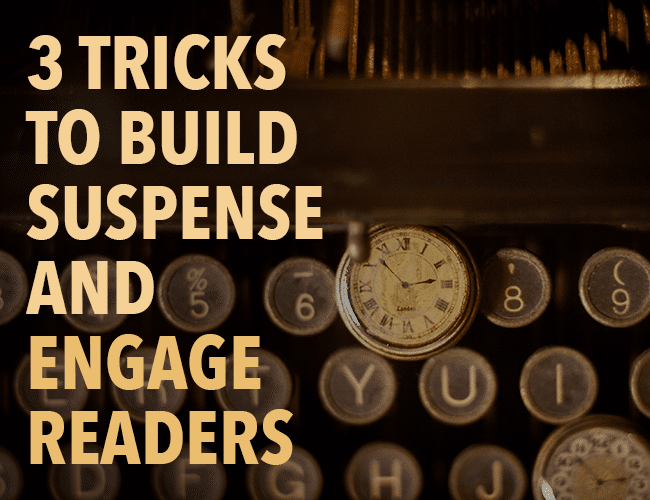
by Jeff Elkins |
It’s easy as a writer to fall into the trap of shiny new toys. There’s an endless number of book writing software programs claiming to be the best at one thing or another, from Microsoft Word to Scrivener to Vellum—and the list goes on and on.
They flash their sexy features at you and promise to be the very thing you need to become the writer you want to be. But sadly, these programs will not make you into the writer you want to be. They offer the world, but often only take your time.
That’s why I would like to offer a defense for using the industry book writing software standard, Microsoft Word.

by Jeff Elkins |
It’s that time of year again. The holiday parties are done, visiting family has gone home, and normal life has resumed. Coming back makes us question, “Is this really what I want my life to look like?”
So we set New Year’s resolutions. We tell ourselves, “This year, it’s going to be different! This year I’m going to write more, finish that book, put out a short story a week, finally edit that manuscript, etc. . . .”
It’s not enough just to say that things are going to be different. If we want to see real change in our lives, we need to be disciplined and strategic about the changes we make.

by Jeff Elkins |
The first time I took up the NaNoWriMo challenge, I lost my first two days staring at a blank scene. I’d write a paragraph and then delete it. I’d get a couple sentences into a chapter and then change my mind. My writing was a disappointing mess.
By the third day, I was already so far behind my goal, I realized I was never going to catch up. I stuck it out for two more weeks, but then, discouraged and frustrated, I quit.
The second time I tried the NaNoWriMo challenge, my experience was different.
One preparation secret made all the difference in helping me start off on the right foot and actually finish my book.

by Jeff Elkins |
If you live in the United States, there is a good chance your television was tuned in to the Presidential debate on Sunday night.
Regardless of your politics, the conversation likely brought a cocktail of anxiety and frustration mixed with joy and elation. At one second you felt the warmth brought by the anticipation of victory and then, suddenly, the dull pain of possible defeat.
As writers, these are the emotions we want readers to experience when they engage in our stories. We want them to become as emotionally invested as they do with a political debate.
Today, rather than focusing on who won or lost the actual debate, let’s use what we watched as inspiration for our writing.

by Jeff Elkins |
I am addicted to novels I can’t put down, to TV shows I can’t just watch one episode of, to short stories I have to finish, and to movies that keep me guessing until the very end.
I love stories that grip me and demand my attention. I am on an unending hunt for them and for the suspense they make me feel.
As a writer, these are the types of stories I hope to create—stories that pull the reader to the edge of his seat and keep him there until the last page.
Let’s take a look at three tools you can use in your stories to build suspense and keep your readers engaged.




